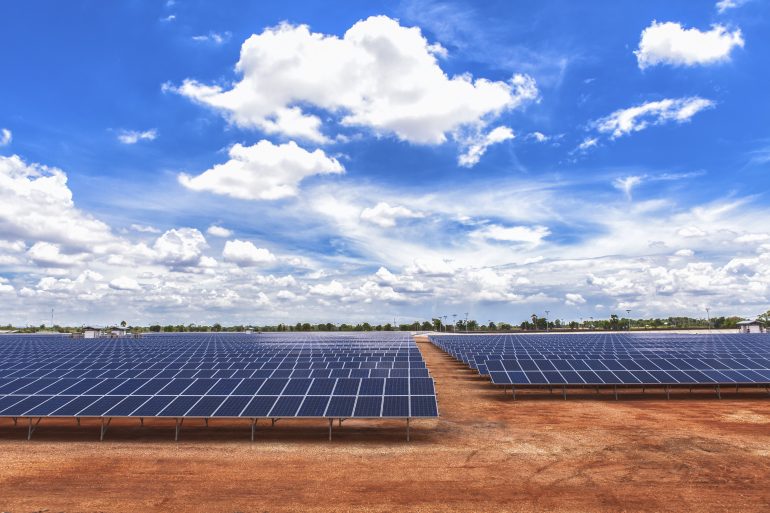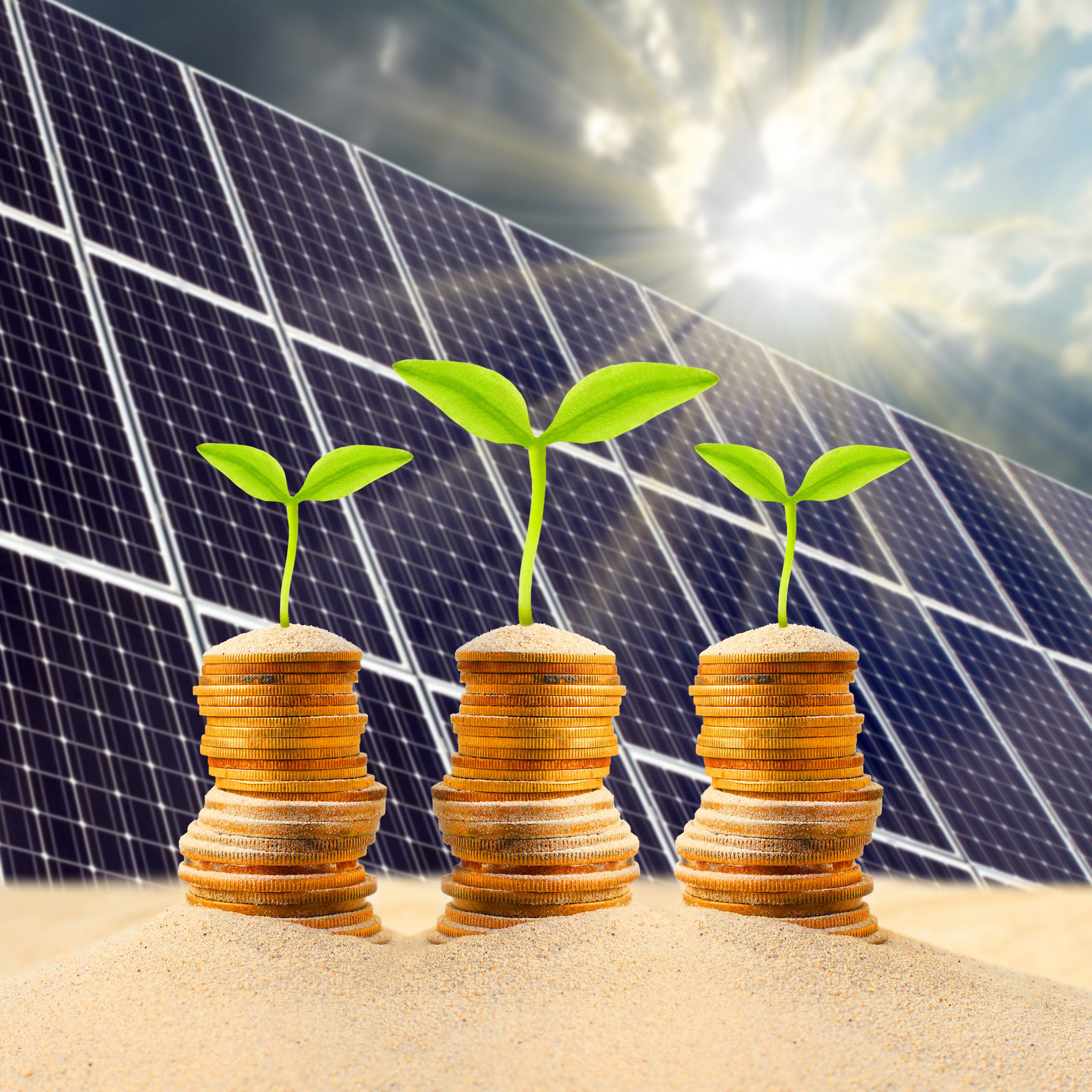Solar panels work on optimum productivity on clear days with abundant sunshine. But, do solar panels work in cloudy weather? Yes… just not quite as well on a cloudy day, solar panels can produce 10-25% of their rated capacity. The exact amount varies depending on the density of the clouds, and may also vary by the type of solar panel; some kinds of panels are better at receiving diffuse light. REON Solar Panels, for example, have been designed to capture a broader range of the solar spectrum. By capturing more red and blue wavelengths, the solar panels can generate more electricity even when it’s cloudy.
Earth’s surface receives an abundance of Ultraviolet light during cloudy days (if you’ve ever been at the beach when it’s overcast and gotten a suntan, you’ve experienced this firsthand). Some solar panels are in development that can capture UV rays, although these are not out on the market yet. Even with a standard solar panel on a cloudy day, though, you will be able to generate some power when it’s daylight. The same thing is true in foggy weather. If you live in a city with frequent fog, like San Francisco, you’ll still be able to generate electricity when the fog rolls in.
Some of the places with the most installed solar, in fact, aren’t known for their sunshine. Germany gets only about as much sunshine as the state of Alaska, but Germans have successfully installed about 38 gigawatts of solar power– half of the entire world’s supply. Portland, Oregon is known for its rainy, dreary winters, but is another good location for solar power: over a full year, despite the winter weather, Portland gets as much sunshine as the average U.S. city. Cities like Portland also have slightly cooler weather than average, which is an advantage for solar panels. Because of the electronics inside, solar panels work most efficiently when they are cool. It’s more important to look at it from a long-term perspective. When you’re looking at how solar power can help you save money on your electric bill, you’ll be considering how much sunshine you get over an entire year, not any day. If you’re generating more power than you need, your electric company will look at what you’ve produced over a full year as they calculate how much to pay you. The good news is that even if you live in a city that isn’t known for its sunshine, you may likely still get enough bright light over a year that solar power can make sense for you.
If you have solar panels and keep a close watch on your power output, you may have noticed a strange phenomenon: on a partly cloudy day, it’s possible to exceed your solar system’s power rating and produce more power than you could on a sunny day. Known as the “edge of cloud” effect, this happens when the sun passes over the outer edge of a cloud, magnifying the sunlight. The intense light causes your solar system to boost power output temporarily, which can help balance out losses from full cloud cover.
So, bottom line – do solar panels work in cloudy weather? Yes, they do. But only 10-25% as well. However what matters is how much sun you get year-round. Cloudy days will come and go, but on the average, it’s not going to effect the return on investment of solar panels.


















